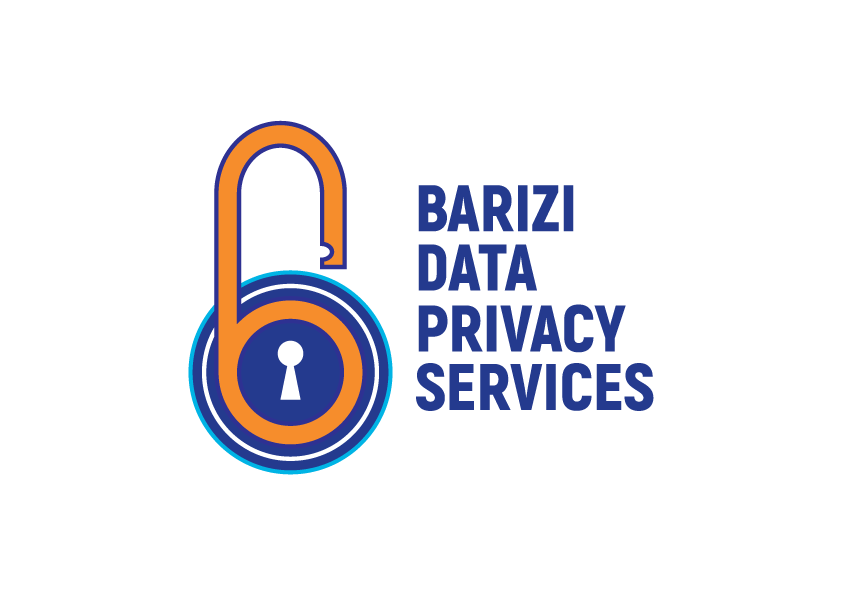Understanding Consent in Data Protection: Your Key to Privacy
In today’s information age, our personal information is more valuable than ever. Every time we browse the internet, use a smartphone app, or sign up for a new service, we’re sharing our data. To protect your privacy, it’s crucial to understand the concept of consent under data protection laws. In this article, we’ll break down consent in simple terms, so you can take control of your personal information.
What is Consent in Data Protection?
Consent, in the context of data protection, is like giving permission for someone to use your personal information. It forms a key element in data protection compliance particularly where your personal/sensitive information is processed by an organization. Consent gives you choice and control over your personal data take for example the incessant texts you receive from debt collectors for a loan you did not take nor guarantee, data protection laws require the debt collecting agency to obtain your consent before processing your personal data.
Why is Consent Important?
Consent is essential because it puts you in the driver’s seat of your personal data. It ensures that organizations can’t use your information without your knowledge or against your wishes. Here are some key aspects to understand on consent:
- Voluntary Choice: Consent should always be given freely. You should never feel pressured or obligated to provide it. If a company forces you to consent, that’s a big red flag.
- Informed Decision: You have the right to know what you’re agreeing to. Organizations must explain in plain language what data they’ll collect, why they need it, and how they’ll use it.
- Specific Purpose: Your consent should only cover the specific use of your data that you’ve been informed about. If a company wants to use your data for something else, they should ask for separate consent.
- Easy to Withdraw: You can change your mind at any time and withdraw your consent. Companies should make it as easy to opt out as it was to opt in.
Tips for Giving Informed Consent
- Read Before You Agree: Always take the time to read privacy policies and terms of service. Yes, they can be long and boring, but it’s crucial to know what you’re signing up for.
- Check for Opt-Out Options: Look for checkboxes or settings that allow you to control how your data is used. If a service doesn’t offer these options, consider whether you want to use it.
- Think Before You Share: Before you hand over your data, consider if it’s necessary. Does that app really need access to your location, contacts, or camera? Be selective.
- Stay Informed: Keep an eye on updates to privacy policies. Sometimes, companies change their data practices, and you might want to reconsider your consent.
What Happens If Consent Is Violated?
Data protection authorities take consent violations seriously. If an organization uses your data without proper consent, they can face hefty fines. You can also file complaints with the Supervisory Authority if you believe your privacy rights have been violated.
Conclusion.
Consent in data protection is about ensuring you have control over your personal information. It’s your right to decide who can use your data and for what purposes. By understanding the importance of consent and being cautious about how you share your data, you can better protect your privacy in the digital world. Remember, your data, your rules!




